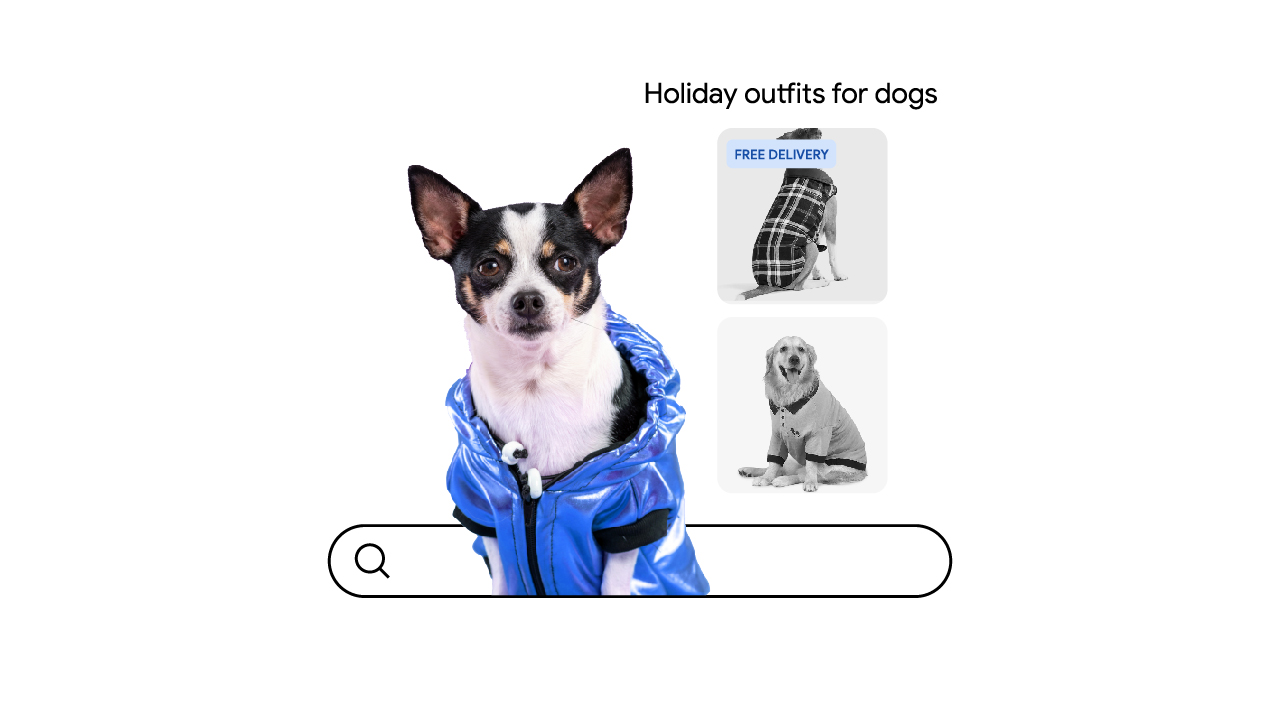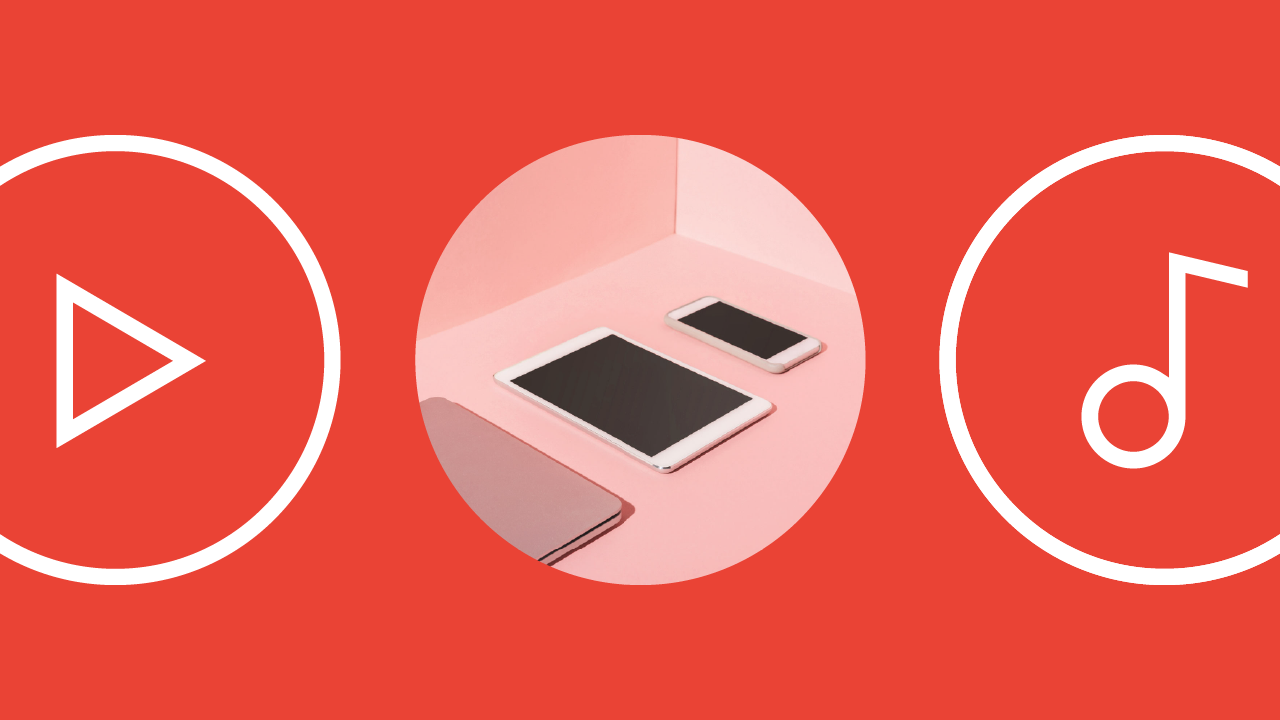As a CPG company, Nestlé Waters didn’t own the end-to-end customer relationship; its retailers did. North America Executive VP and CMO Antonio Sciuto shares how the brand changed this.
Our Nestlé Waters products have been around for over 100 years. Poland Spring water goes back to the 1840s, and Perrier was first bottled in 1863. But what consumers want has changed dramatically thanks to the devices in our pockets.
Consumers now research even the smallest daily decisions. It's not a surprise to us that some of our customers research a bottle of water as deeply as they research an expensive bottle of wine. They also demand more personalized experiences and are less responsive to mass marketing.
So now the CMO's responsibility is to ensure that each consumer has a more relevant experience, one that is helpful rather than interruptive, aiming to be more of a companion in consumers’ lives.
"Now the CMO's responsibility is to ensure that each consumer has a more relevant experience, one that is helpful rather than interruptive."
This posed a challenge for us as a CPG brand. It's harder to help when you don't own the end-to-end relationship with your customers as retailers do. We had only a partial view of our customer and couldn’t connect the dots. Bold changes were needed to be more relevant to those empowered consumers. So how did we do this?

Treat search as shelf space
In the U.S., adults spend almost half of their daily media time on digital.
That's why at Nestlé Waters North America, we created our own e-commerce subscription channel, ReadyRefresh, for water and beverages including Nestea and San Pellegrino. It was a very unusual move for a CPG company, but it gave us a direct way to accompany our customers at every step of their journey.
Search is one of the first steps on that journey. It’s where people now turn to make decisions. We need to think about search with the same obsession that we think about our store shelving. Our share of search must be higher than our share of market. In a physical store, if you aren’t on the shelf, you don’t have a chance. It’s exactly the same for search. Whether a consumer is specifically looking for one of our brands—say they’re searching “Perrier”—or just has interest in a category—like “sparkling water delivery”—we need to make sure we show up.
"We need to think about search with the same obsession that we think about our store shelving. It’s exactly the same."
Create the right teams—and the right content
It's not about digital vs. traditional media vs. packaging vs. public relations. It's about thinking how to connect all the dots for the consumer.
This is a big point, and I think it's where a lot of people fail. Traditional marketers tend to develop content first, then try to fit that content to each touchpoint. This is a miserable experience. You have to create the right content for the right moment to drive relevance.
For example, a consumer in the research phase should get a branded message about the benefits of Poland Spring. As she gets closer to purchase, the messaging changes and will get a more direct call to action, driving her to the ReadyRefresh site.
We also take into account other context, such as the weather. If temperatures rise above 85 degrees in certain areas, our creative changes to focus on beating the heat.
"Marketers develop content first, then try to fit that content to each touchpoint. This is a miserable experience."
To organize around the customer journey, we started integrating digital specialists into all our brand teams. We then started briefing our performance and brand media agencies together. This culminated with us integrating our brand and performance teams into one. It was a massive undertaking, but it was transformational for our organization.
Embrace and share the data
We also needed to get much smarter about data. In the past, each of our teams only had visibility into siloed data sources, which led to uncoordinated and overlapping internal activities. Much worse, it created inconsistent conversations with our customers.
We've worked with Google, using tools like Analytics 360 and DoubleClick Campaign Manager, to combine our data from digital touchpoints. This gives us a unified view of customers and really captures opportunities for us to be more relevant to them.
With better data sharing, we can also employ audience strategies such as Similar Audiences, which combines our first-party data with Google’s audience data and a modeling algorithm to find prospective customers that behave like our current ones. By reaching out to similar customers, we avoid interrupting people who would not be receptive to our message and reach those more likely to respond.
We can also retarget and re-engage customers higher in the funnel and send them to ReadyRefresh at the right moment—like when they’re searching for home delivery options—to convert. As a result, we've been able to find more qualified consumers at scale while cutting our acquisition costs by more than 30%.
We're evolving our media buying strategy from purely driving digital sales to optimizing for lifetime value. While all metrics matter, lifetime value is what moves the needle and having a direct relationship with the customer enables us to do this.
The bottom line: better relationships
How does Nestlé Waters stay relevant with our customers for the next 100 years? By being their companion and meeting them with one voice, with the beverages they need at the moments they need them.
When you become the valued companion to the customer, you naturally gain consumer preference and market share. In the end, winning market share is what it's all about. The rest is noise.







